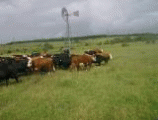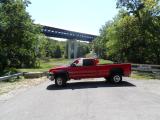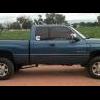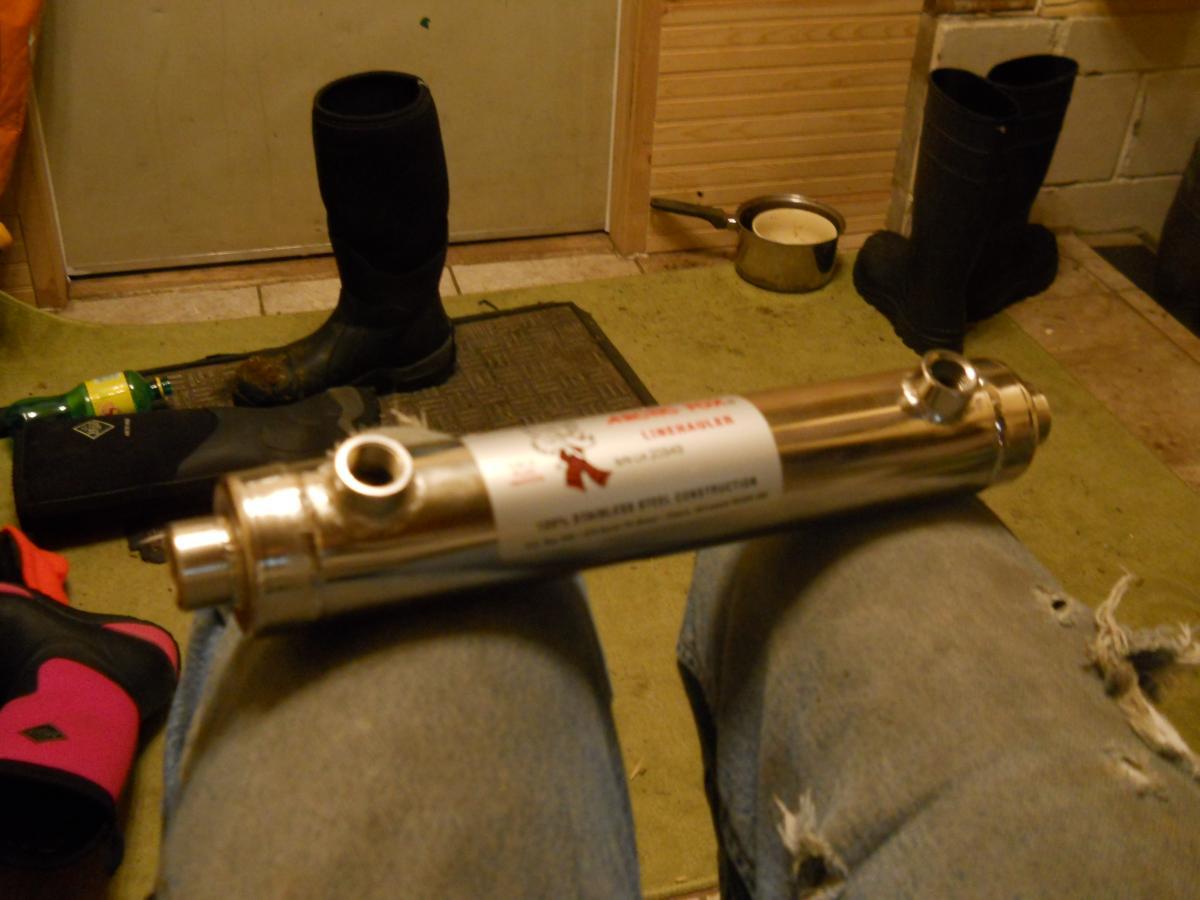- Replies 53
- Views 5.3k
- Created
- Last Reply
Top Posters In This Topic
-
 rancherman 10 posts
rancherman 10 posts -
 Mopar1973Man 9 posts
Mopar1973Man 9 posts -
 diesel4life 8 posts
diesel4life 8 posts -
 TFaoro 8 posts
TFaoro 8 posts



Alright, so not only do I have steering components to replace, now I may be facing a 2nd replacement of the AD pump!
I went and got fuel the other day and dunno if that is the problem or not. We had a good cold snap come through before I filled up and put some diesel 911 in just in case it got colder than the formula for the fuel.
They were telling us to expect -20 with wind chill at the time but the coldest we got with wind chill was -7 I think. It did not last long, but I did not want to risk getting stuck somewhere I shouldn't. The fuel was rated for -10. During this time, pressures were good. It was not until after I filled the tank and put more 911 in to treat the fuel that I started having problems.
Now, when I first noticed the problem, pressures were at 12 psi and stayed close and never got below 10. After running a little it may have gotten up to 14psi.
I waited a couple days and this evening, idling without grids on, I get about 15psi. So I got under the truck and I could hear a different distinct noise coming from the pump that does not sound normal. Almost like a whirring noise as if maybe I'm sucking air. I really don't know if it is sucking air, but I would imagine this could be a sound as if it were.
I upped the pressure to get the proper pressures, but something strange happens as well. I will turn it up slowly and watch the gauge as I do. Once I turn it at certain point, like a 1/16th of a turn, the pressure suddenly spikes and maxes out the gauge. So I turn it back down slowly and the pressure falls off. Its like I no longer get that infinite adjustment and it just goes from one pressure reading to spiking.
Could the pump be the culprit or is it the regulator? Could it be poor fuel quality or some gelled fuel getting freed up or stuck? I went to a fuel station that a local fuel company supplies and they provide all the diesel fuel in the area. They are called Coleman oil.
...so help me if this pump strands me again! This would be the second time I would have to replace the pump if its the problem!
Edited by hex0rz